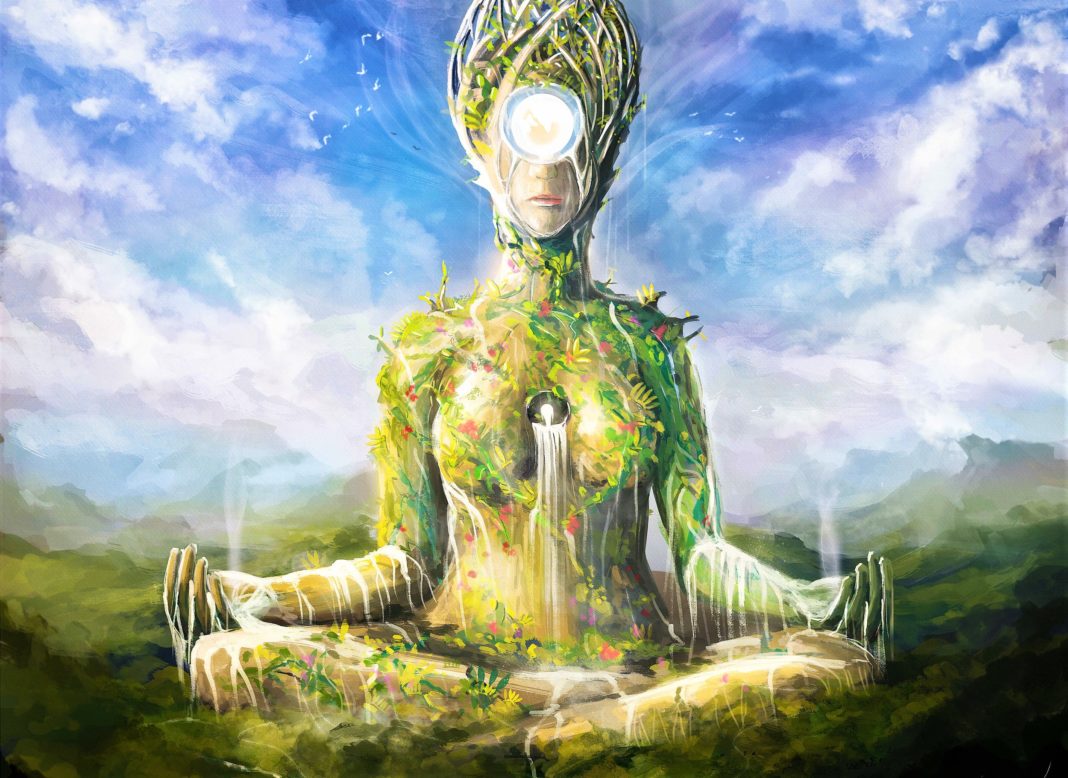Mother Nature: The Essence Of Our Planet And Its Importance
Mother Nature embodies the essence of our planet, representing the intricate and delicate balance of life that sustains all living beings. From the towering mountains to the vast oceans, from the tiniest microorganisms to the largest mammals, Mother Nature encompasses the beauty and diversity of our natural world. In this article, we will delve into the multifaceted aspects of Mother Nature, exploring her significance, her challenges, and the steps we can take to protect her for future generations.
As we navigate through the complexities of modern life, it is crucial to recognize the vital role that Mother Nature plays in our existence. She provides us with the air we breathe, the water we drink, and the food we consume. Yet, despite her generosity, human activities have increasingly threatened her delicate ecosystems. This article aims to raise awareness about the importance of preserving Mother Nature and the urgent need for sustainable practices.
Join us on this journey as we explore the wonders of Mother Nature, understand the challenges she faces, and discover how we can each contribute to her preservation. Whether you are an environmental enthusiast or simply curious about our planet, this comprehensive guide to Mother Nature will provide you with valuable insights and practical tips for making a positive impact.
Table of Contents
- What is Mother Nature?
- Importance of Mother Nature
- Challenges Faced by Mother Nature
- Conservation Efforts
- Sustainable Practices for Individuals
- The Role of Education in Environmental Awareness
- Global Cooperation for Environmental Protection
- Conclusion
What is Mother Nature?
Mother Nature is often personified as a nurturing force that represents the earth and its natural resources. She encompasses everything from the lush green forests and flowing rivers to the diverse wildlife that inhabits them. This concept is deeply rooted in various cultures and traditions, symbolizing the interconnectedness of all living things.
In a scientific context, Mother Nature refers to the natural processes that sustain life on Earth. These processes include the water cycle, photosynthesis, and nutrient cycling, which work together to create a balanced ecosystem. Understanding these processes is essential for appreciating the delicate interplay of life that Mother Nature governs.
The Spiritual Connection to Mother Nature
Many cultures around the world hold a spiritual connection to Mother Nature, viewing her as a sacred entity. Indigenous peoples, in particular, have a profound respect for the earth, often considering it a living being that deserves reverence and protection. This spiritual relationship fosters a sense of responsibility to care for the environment and maintain harmony with nature.
Importance of Mother Nature
Mother Nature is crucial for several reasons, including:
- Providing Resources: Mother Nature supplies essential resources such as water, air, food, and raw materials necessary for human survival and development.
- Supporting Biodiversity: The diversity of life on Earth contributes to the stability of ecosystems, which play a vital role in regulating the environment.
- Climate Regulation: Natural systems help regulate the climate, absorbing carbon dioxide and producing oxygen, mitigating the effects of climate change.
- Health and Well-Being: Exposure to natural environments has been shown to improve mental health, reduce stress, and enhance overall well-being.
Economic Value of Ecosystems
Beyond their ecological importance, ecosystems provide significant economic benefits. For instance:
- Tourism: Natural attractions, such as national parks and wildlife reserves, draw millions of visitors each year, supporting local economies.
- Fisheries: Healthy oceans and rivers support fisheries that provide livelihoods for millions of people worldwide.
- Agriculture: Fertile soils and diverse ecosystems are essential for agricultural productivity, ensuring food security for growing populations.
Challenges Faced by Mother Nature
Despite her invaluable contributions, Mother Nature faces numerous challenges, primarily due to human activities:
- Climate Change: Rising global temperatures result in extreme weather events, melting ice caps, and rising sea levels, threatening ecosystems and human communities.
- Deforestation: The clearing of forests for agriculture and urban development disrupts habitats and contributes to biodiversity loss.
- Pollution: Air, water, and soil pollution pose significant threats to wildlife and human health, leading to the degradation of natural ecosystems.
- Overexploitation: Unsustainable practices, such as overfishing and poaching, deplete natural resources and endanger species.
Impact of Urbanization
Urbanization has accelerated the challenges faced by Mother Nature. As cities expand, natural habitats are destroyed, leading to habitat fragmentation and loss of biodiversity. Urban areas also contribute to increased pollution and waste generation, exacerbating environmental issues.
Conservation Efforts
To combat the challenges facing Mother Nature, various conservation efforts have been initiated globally. These efforts include:
- Protected Areas: Establishing national parks, wildlife reserves, and marine protected areas helps conserve biodiversity and protect critical habitats.
- Restoration Projects: Initiatives aimed at restoring degraded ecosystems, such as reforestation and wetland restoration, play a crucial role in ecological recovery.
- Wildlife Conservation: Organizations work tirelessly to protect endangered species through breeding programs, habitat preservation, and anti-poaching efforts.
- Community Involvement: Engaging local communities in conservation efforts fosters a sense of stewardship and ensures sustainable practices are upheld.
Role of Technology in Conservation
Advancements in technology have greatly enhanced conservation efforts. For example:
- Remote Sensing: Satellite imagery and drones are used to monitor deforestation and track wildlife populations.
- Data Analysis: Big data and artificial intelligence are employed to analyze ecological trends and develop effective conservation strategies.
- Community Apps: Mobile applications allow individuals to report environmental issues, such as illegal dumping or wildlife sightings, contributing to local conservation efforts.
Sustainable Practices for Individuals
Every individual can contribute to the preservation of Mother Nature through sustainable practices, including:
- Reduce, Reuse, Recycle: Minimizing waste by adopting a circular economy mindset helps decrease pollution and conserve resources.
- Conserve Water: Simple actions like fixing leaks, using water-efficient appliances, and collecting rainwater can significantly reduce water consumption.
- Choose Sustainable Products: Supporting eco-friendly products and companies encourages sustainable practices and reduces environmental impact.
- Promote Biodiversity: Planting native species in gardens and supporting local wildlife habitats contribute to preserving biodiversity.
Advocacy and Activism
Getting involved in environmental advocacy and activism is another way to support Mother Nature. Joining local conservation groups, participating in clean-up events, and advocating for policy changes can amplify efforts to protect the environment.
The Role of Education in Environmental Awareness
Education plays a vital role in fostering environmental awareness and promoting sustainable practices. By integrating environmental education into curricula, we can empower future generations to become stewards of the planet. Key components of environmental education include:
- Understanding Ecosystems: Teaching students about the interdependencies within ecosystems helps them appreciate the importance of conservation.
- Promoting Critical Thinking: Encouraging critical thinking about environmental issues enables individuals to make informed decisions and advocate for positive change.
- Hands-On Learning: Engaging students in outdoor activities and community projects fosters a personal connection to nature and reinforces the importance of environmental stewardship.
Community Initiatives
Community-based initiatives, such as workshops, nature walks, and educational programs, can significantly enhance environmental awareness. By collaborating with local organizations, communities can create a culture of sustainability and inspire collective action.
Global Cooperation for Environmental Protection
Addressing the
Hidori Rose: The Rising Star In The Entertainment Industry
Exploring Marlo: A Multifaceted Talent In The Entertainment Industry
Exploring The Life And Achievements Of Dan Goldman


